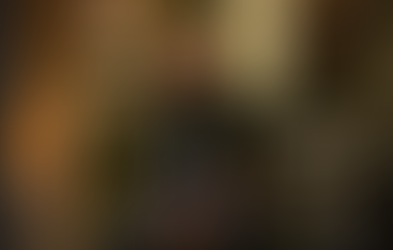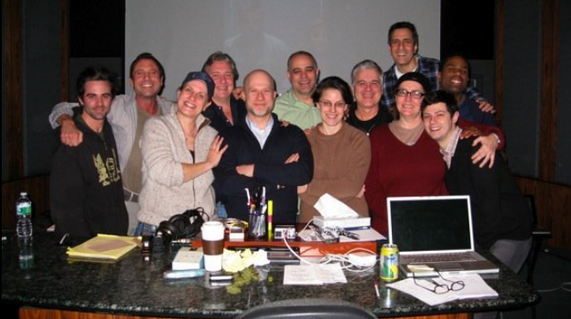From the Studio to the Startup: Why I’m Fighting for Better Sound
- Steve Borne
- May 5
- 3 min read
I didn’t set out to become a startup founder. I didn’t even set out to be a technologist. I was a musician—like a lot of us were—and I fell in love with the gear because it helped me tell stories. But looking back now, I can see the arc clearly: musician to technologist, technologist to sound artist, and now, back to the beginning—trying to fix the way people hear sound in their homes. Not through nostalgia, but through precision, clarity, and care.
The problem is simple: we’ve trained people to accept bad sound. And I’ve had enough.
Pro Tools and the First Big Shift
In the early ‘90s, I worked at Digidesign as the Northeast Regional Product Specialist during the launch of Pro Tools. It’s not an exaggeration to say I am the person who got Pro Tools into the film industry in New York City. Anyone working in film sound at the time will remember those early days—and just how bumpy the demos could be.
Crashes mid-demo were common. In fact, keeping a room engaged while the software froze became one of my core job skills. At first, Pro Tools wasn’t even one app—it used a separate program called Deck from BIAS for the mixer page, and getting everything stable took time. But I believed in the vision. I believed digital could change everything. And it did.
Eventually, some creative folks working on a feature film reached out and invited me to be part of their sound team. The film was Dorothy Parker and the Vicious Circle, directed by Alan Rudolph and produced by the legendary Robert Altman. I said yes, left Digidesign, and jumped headfirst into my first feature.
Back to the Craft
That decision launched me into a long career as a sound designer and re-recording mixer for film and TV. I spent decades collaborating with directors, producers, and fellow artists—shaping sonic worlds and building emotional resonance through sound. I loved it, and I’m proud of the work.
But over time, something shifted. As Pro Tools and other digital tools became more accessible, it lowered the barrier to entry for new talent—some of it great, some not. The democratization of audio was exciting, but it also came with a cost.
The baseline dropped. Producers and directors got used to subpar mixes. Some stopped hearing the difference between good and great. Eventually, a few of my most loyal clients left for cheaper alternatives even though to my ears, the quality suffered. And that taught me a hard truth: being the person who hears better doesn’t always pay off.
The New Problem: Home Playback is Broken
Meanwhile, another problem was growing—this time, outside the studio. The content was actually getting better, the mixing rooms more sophisticated, and the talent was improving but the home playback experience was getting worse. People couldn’t hear the dialogue. They were constantly adjusting the volume. Cranking it up to catch a whisper, then getting blasted by a car chase or commercial.
And it wasn’t just annoying—it was isolating. My own father stopped watching TV with the family because he had to turn it up so loud just to understand what was being said. That’s when it clicked.
This wasn’t about bad mixes. This was about bad playback. The craft we worked so hard to perfect in the studio was getting lost the moment it hit a living room.
Why I Started HearLabs
HearLabs exists because I wanted to fix that. Not with louder sound—but with smarter sound. We built technology that listens, isolates voices, smooths out the extremes, and brings back the emotional clarity that’s been lost in the noise.
We’re not a speaker company. We’re a sound company. We don’t just move air—we move people. We use algorithms, studio-grade audio tools, and deep listening expertise to bring back the feeling that great sound is supposed to deliver.
Coming Full Circle
In some ways, I’ve come full circle. I’m once again on the front lines, demoing a new product—fighting for sound. But this time, I’m not selling Pro Tools to professionals. I’m bringing pro-level clarity to everyone. Not to “democratize” audio, but to elevate it. To help people fall in love with sound the way I did.
Because the truth is: sound matters. It is a character in the story and it always has been, but the art is lost right now. HearLabs is building the tools to bring it home.
.























Comments